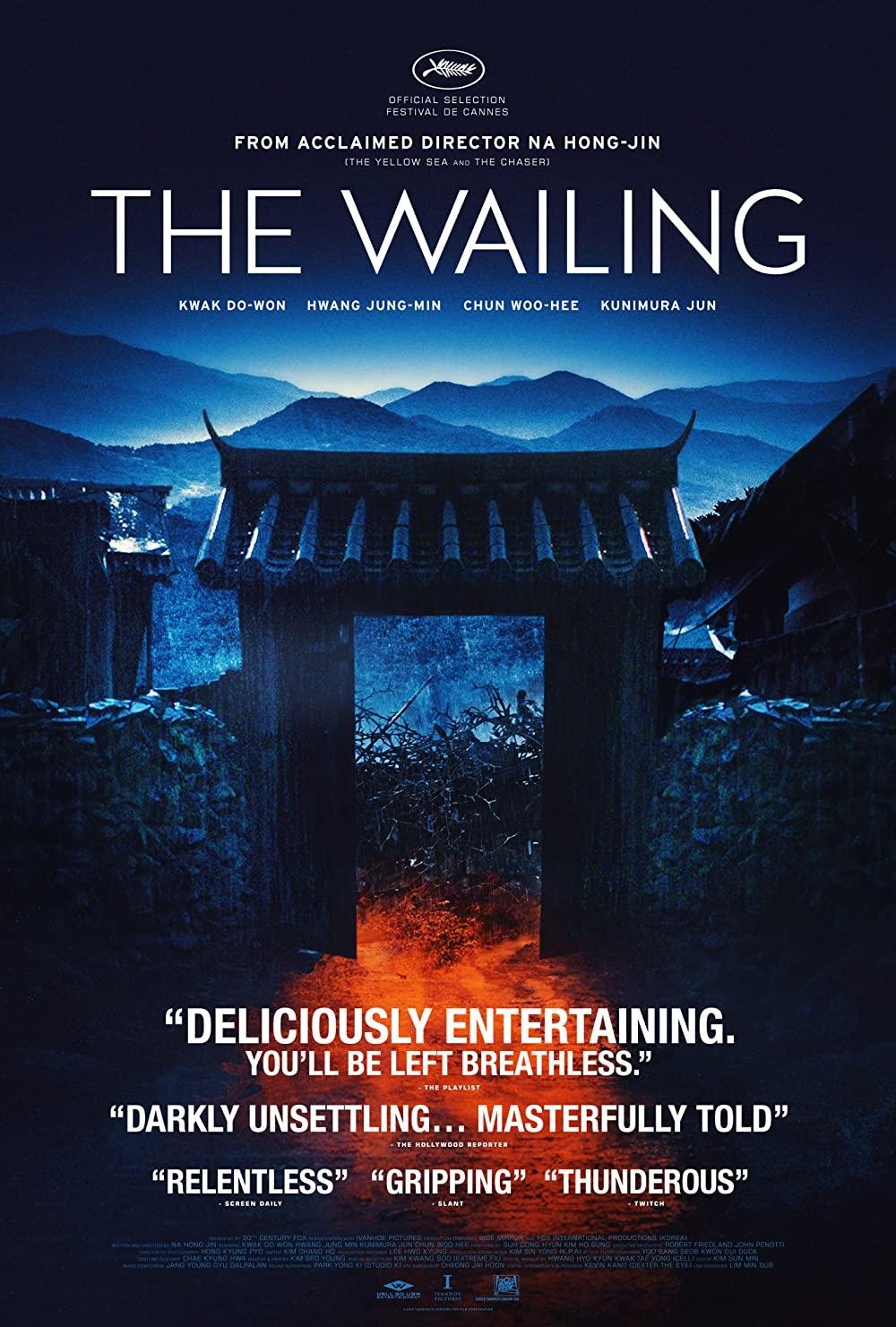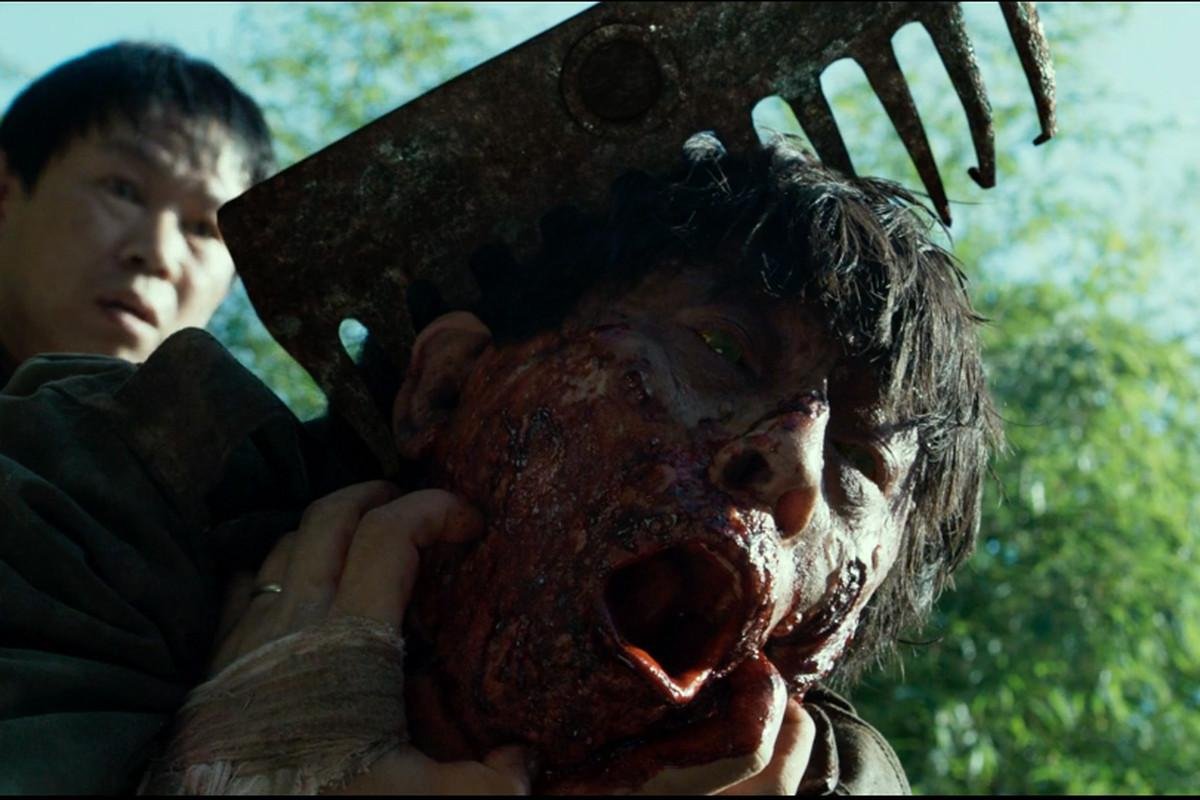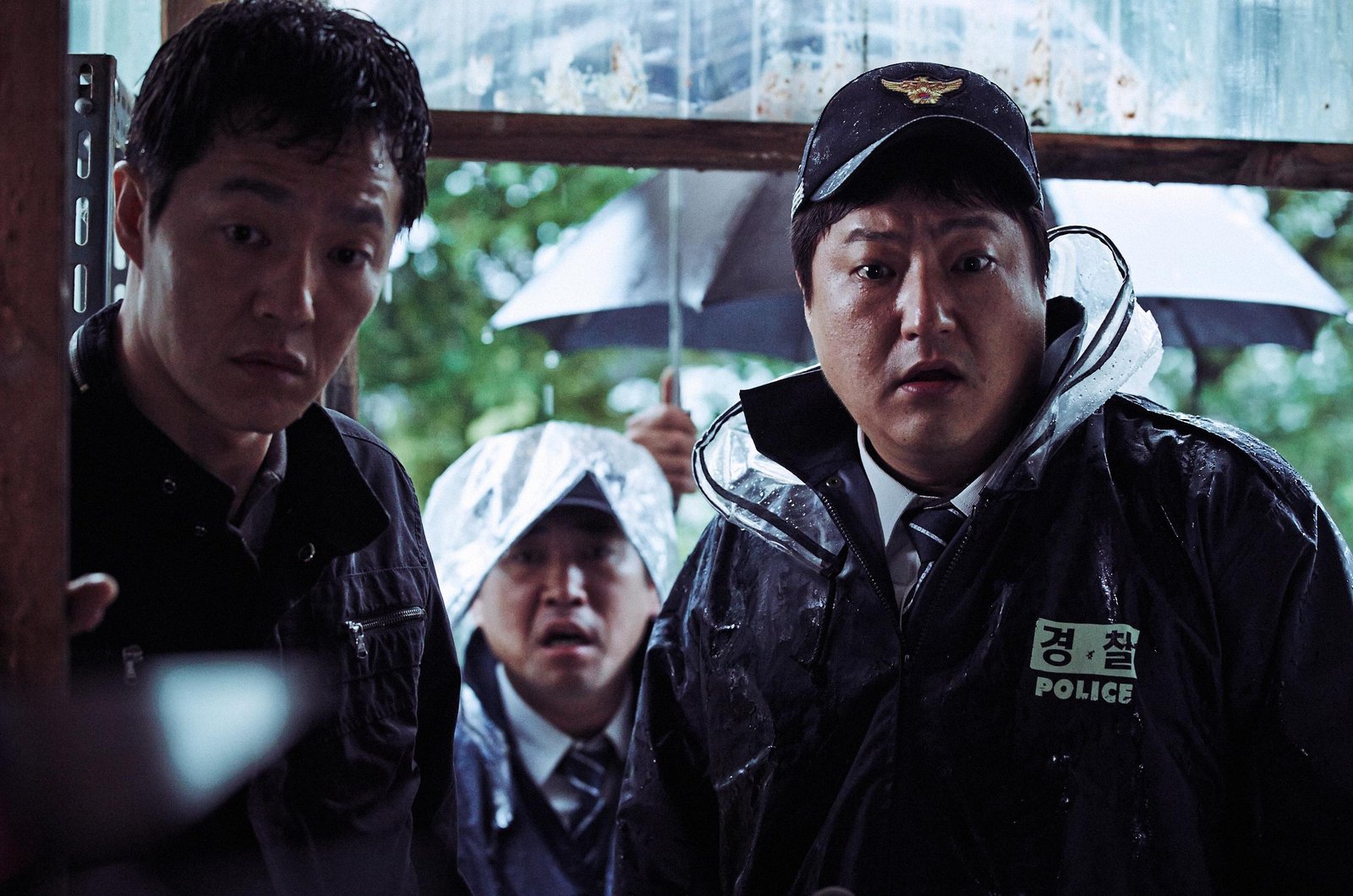The Wailing: A Korean Horror Film That Will Leave You Spooked and Confused
Are you a fan of horror movies that leave you with a lingering sense of unease? If so, “The Wailing” is a film you won’t want to miss. This Korean horror flick, directed by Na Hong-jin, is a masterful blend of suspense, terror, and mystery that will keep you on the edge of your seat from start to finish. But be warned: “The Wailing” is not for the faint of heart. If you’re looking for a horror movie that will leave you spooked and confused in equal measure, this is the one for you.
Are you a fan of horror movies that leave you with a lingering sense of unease? If so, “The Wailing” is a film you won’t want to miss. This Korean horror flick, directed by Na Hong-jin, is a masterful blend of suspense, terror, and mystery that will keep you on the edge of your seat from start to finish. But be warned: “The Wailing” is not for the faint of heart. If you’re looking for a horror movie that will leave you spooked and confused in equal measure, this is the one for you.

Introduction
In the world of horror films, Korean cinema has been gaining popularity over the years, and “The Wailing” is no exception. This 2016 film directed by Na Hong-jin is a masterpiece that will leave you on the edge of your seat. The story revolves around a small village in South Korea that is struck by a mysterious illness, and a police officer who is desperate to find a cure for his daughter. With its engaging plot, outstanding performances, and spine-tingling suspense, “The Wailing” is a must-watch for any horror movie enthusiast. In this article, we will delve deeper into the movie and explore what makes it one of the best Korean horror films of all time.
Brief overview of the plot
In “The Wailing,” a small village in South Korea is plagued by a mysterious illness that turns its residents into violent murderers. The film follows a bumbling police officer who must unravel the sinister secrets of the village before it’s too late. As he delves deeper into the case, he discovers a dark supernatural force at work, and must confront it head-on in a desperate bid to save the people he has sworn to protect. With its haunting imagery, suspenseful pacing, and unforgettable performances, “The Wailing” is a must-see for fans of horror cinema.
Main characters and their roles
In “The Wailing,” a Korean horror film, the main characters play pivotal roles in driving the plot forward. The protagonist, a bumbling and inexperienced police officer, becomes embroiled in a series of gruesome murders and strange occurrences in his small village. His daughter seems to be the only one immune to the mysterious sickness that is spreading throughout the town. A mysterious Japanese stranger also appears, leaving behind a trail of death and destruction. As the story unfolds, each character’s motivations and true nature are called into question, leading to a shocking and unforgettable conclusion.

The setting and its significance
The setting of “The Wailing,” a Korean horror film, is a remote village in the rural parts of South Korea. This setting plays a significant role in the plot and atmosphere of the film. The isolated and traditional village creates an eerie and unsettling environment, as the story delves into the supernatural and demonic possession. The cinematography of the lush forests and mountains adds to the mystique of the village, making it a character in itself. The use of the setting in “The Wailing” provides a unique and memorable experience for viewers and adds to the overall success of the film.
The use of sound and music in creating atmosphere
“The Wailing,” a Korean horror film, is a masterclass in the use of sound and music in creating an unnerving atmosphere. From the opening scene, the audience is immediately immersed in a world of mystery and dread, thanks to the haunting score that sets the tone for the entire film. As the story unfolds, the filmmakers use sound effects to build tension and create jump scares that leave viewers on the edge of their seats. The use of music and sound in “The Wailing” is a testament to the importance of these elements in creating an immersive cinematic experience that leaves a lasting impression on the audience.”
The use of symbolism and themes explored
In “The Wailing,” a Korean horror film directed by Na Hong-jin, the extensive use of symbolism and recurring themes throughout the film add to the atmosphere of mystery and dread. The film explores themes of family, faith, and the supernatural, all while incorporating symbols such as the white-faced spirit and the red gate. These symbols, along with the eerie visuals and haunting score, create a truly terrifying experience for the viewer. The use of symbolism and themes in “The Wailing” elevates it from a typical horror film to a thought-provoking and deeply unsettling piece of cinema.

The cultural and historical context of the film
The Wailing is a Korean horror film that was released in 20 The film is set in a small village in South Korea and revolves around a series of mysterious deaths that occur there. The film’s cultural and historical context is deeply rooted in Korean shamanism and folklore. The shamanistic beliefs of the village are depicted in the film through various supernatural elements such as ghosts, possession, and exorcism. The film also touches upon the historical context of the Korean War, which is an important event in Korean history that has left a lasting impact on the country. Overall, The Wailing is a chilling and intriguing film that is deeply connected to the cultural and historical context of South Korea.
Critical reception and awards
The Wailing, a Korean horror film, received critical acclaim upon its release. The movie was praised for its gripping storyline, stunning cinematography, and exceptional performances by the cast. The film was awarded numerous awards and nominations, including the Best Film award at the Sitges Film Festival and the Best International Film award at the Fantasia International Film Festival. The Wailing was also selected as South Korea‘s entry for the Best Foreign Language Film at the 89th Academy Awards. The movie’s success is a testament to the talent and dedication of the filmmakers and cast, and it firmly cements its position as one of the best horror movies of recent times.
Comparison to other horror films from Korea and beyond
When it comes to horror films from Korea, “The Wailing” stands out as a gripping and terrifying experience that rivals even the most well-known horror flicks from around the world. While many Korean horror films rely on ghosts and supernatural beings, “The Wailing” takes a more grounded approach with a focus on themes of belief, paranoia, and fear of the unknown. This sets it apart from other Korean horror films like “Train to Busan” or “A Tale of Two Sisters”. In comparison to horror films from beyond Korea, “The Wailing” holds its own and can easily be ranked alongside classics like “The Exorcist” or “The Shining”. Its ability to create a sense of unease and suspense throughout the film is unmatched and makes it a must-watch for horror enthusiasts.
Conclusion and recommendation for viewers
In conclusion, “The Wailing” is a must-watch for horror movie enthusiasts. The film’s storytelling and characterization are masterfully done, and its cinematography is stunning. The performances of the actors are also worth mentioning, as they bring their characters to life with conviction. However, viewers should be prepared for a slow-burning plot that gradually builds up to a terrifying climax. Overall, “The Wailing” is a hauntingly beautiful horror film that deserves recognition. Our recommendation is to grab some popcorn, turn off the lights, and immerse yourself in this chilling masterpiece.
For more information about The Wailing Korean horror film, including movie details, cast information, etc..
check out the filmaffinity page.



